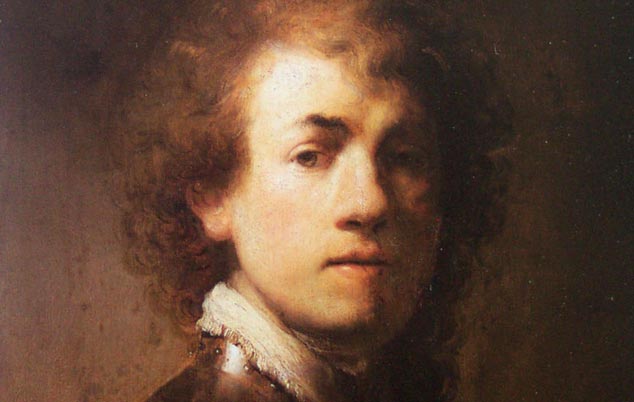
When in the early 19th century, Nuremberg ceased to be a Free Imperial City, the new Nuremberg Municipality inherited an unusually large art collection whose administration and care proved to be a task beyond the city's ability. The City of Nuremberg therefore gladly accepted the offer made by the Germanisches Nationalmuseum which had opened in Nuremberg in 1852, and handed over its entire holding from its Free Imperial City period to the museum on permanent loan.
So, on the one hand, the Germanisches Nationalmuseum gained an enormous collection, and on the other hand, the City of Nuremberg was sure that its art treasures would be well looked after. Today, the City of Nuremberg is still the major source of items in the Germanisches Nationalmuseum, loaning over 100,000 objects.
Highlights among municipal loans to the Germanisches Nationalmuseum include:
- Albrecht Dürer: "Charlemagne" and "Emperor Sigismund", both 1512/13
- Rembrandt Harmensz. van Rijn: "Self Portrait with Ruff", around 1629
- Veit Stoß: Archangel Raphael, 1516
- Melchior Baier: Memorial Cup for Melchior Pfinzing, 1534/36
- Johannes Regiomontanus: Folding Sun Dial, before 1471
- Probably the oldest existing astrolabe (by Ahmad Ibn Muhammad Al-Naqqash, 1079/80)
- Peter de Hooch: Society Piece, around 1663/65
The City of Nuremberg has given its complete collection of "International Art" on permanent loan to the "New Museum - State Museum for Art and Design in Nuremberg" which opened in 2000.
In the past years solutions have been found for two other major groups of works which could not be integrated into our collection concept, by giving them on permanent loan to the Prussian Cultural Heritage Foundation in Berlin. The so-called Fuchs Collection, a collection of Asian scroll paintings and drawings was lent to the Museum for Asian Art in Berlin. The so-called Orth Collection, of naïve Polish paintings, is now on permanent loan to the Museum for European Cultures in Berlin.
A number of items from the city's art holdings have been on view to the public since 2013 in a new permanent exhibition at Nuremberg's Imperial Castle, on permanent loan to the Bavarian Administration of State Castles, Gardens and Lakes. The preparations for the exhibition included the realization of a desire that the Art Collections had long cherished: restoring the reproduction of the "Merkel Centerpiece," an astonishingly opulent 16th-century table decoration.



